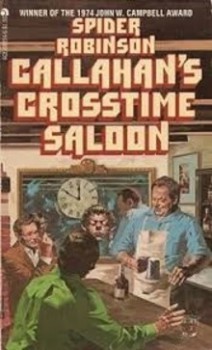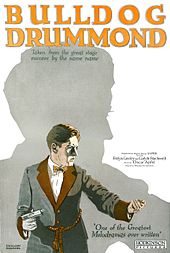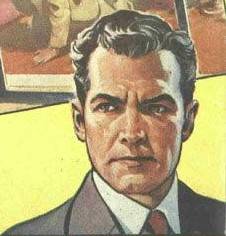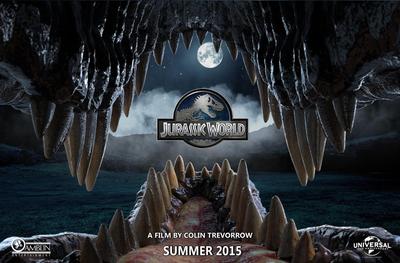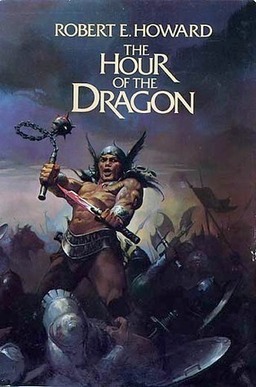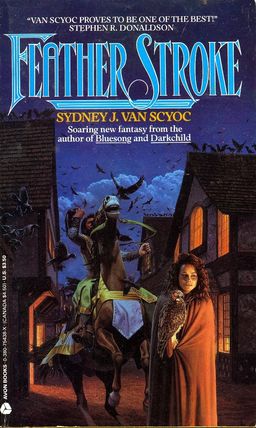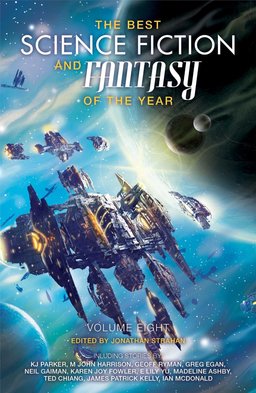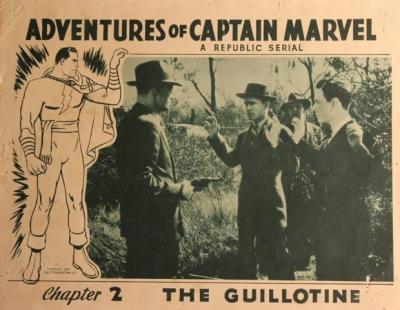Ghostbusters With More Swearing and Fewer Crappy Sequels: A Review of David Wong’s John Dies at The End
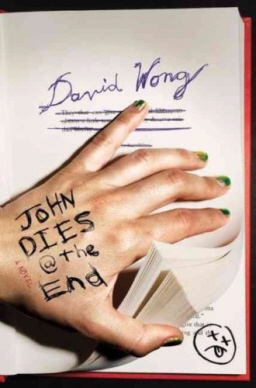 This book is the strangest thing I’ve ever read.
This book is the strangest thing I’ve ever read.
Within the first hundred pages, you’re treated to a seven foot man made of meat, wig monsters from another dimension, a man with the ability to communicate through a bratwurst, a dude taken over by small glowing alien things with a penchant for punching people in the balls, a hamburger that screams as you eat it, and a weirdo with a pseudo-Jamaican accent who can tell everything about you at just a glance.
And it never lets up from there; Wong somehow manages to produce a steady stream of balls-to-the-wall crazy throughout. It’s delirious, insane, and stark raving mad. If this book were a person, he would charge into the street and head-butt the first person he sees, before flying away with David Bowie and a dragon. This book is John Dies at the End by David Wong.
John Dies at the End follows the somewhat delirious exploits of David and his best friend, John, who’s never given a last name. This is where anyone else would talk about the plot, but it’s the kind of thing you need to actually read yourself to really appreciate. But I’m going to try anyway, just for you.
Dave and John are kind of like Ghostbusters, except with more swearing and fewer crappy sequels. They deal with paranormal occurrences in their town and its surrounding area, and in doing so have attracted something of a cult following, which arouses the interest of a reporter, Arnie, who interviews Dave about his experiences and the events leading up to him becoming a kind of paranormal detective guy. The story Dave tells Arnie is the story he tells us.
In short, he and John stumble across a drug called “soy sauce,” which heightens the user’s senses to an extreme level and gives them a window into another plane of existence. From here, the two embark on an adventure of Moorcockian proportions: uncovering a dark conspiracy, going to other planes, alternate dimensions, fighting aliens with a flamethrower made from a squirt gun, and meeting a supreme being called Korrok.
